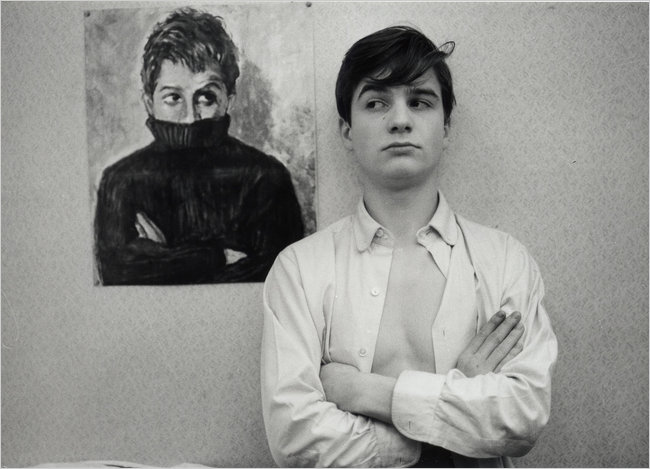|
Reviews of Recent Independent, Foreign, & Documentary Films in Theaters and DVD/Home Video

TWO IN THE WAVE In the documentary Two in the Wave, first-time director Emmanuel Laurent decided, perhaps wisely, to base the entirety of the relationship between French New Wave icons François Truffaut and Jean-Luc Godard from the time period when they were friends and colleagues, beginning in the early 1950s, through to the 1970s. He has made an absorbing, adulatory look at the directors, who in archival interviews are able to express how they made their films in a way that was different than those filmmakers that came before them. That is not to say they rebelled against all filmmakers—Alfred Hitchcock, Howard Hawks, Jean Renoir, and Nicholas Ray were their idols—but against a stale, studio aesthetic from the 1950s that they felt needed a change. It’s not that they were out to actively tear apart the world of filmmaking. Their purpose was to make new, exciting, and personally meaningful films. For those who know the history of the directors and their great (and sometimes not so great) films from the 1960s, a lot of this will be old news—clips from the excellent The 400 Blows, Breathless, and Masculine-Feminine receive a great deal of screen time. But there’s a lot of great information on their history with the Cashiers du cinéma magazine, their early beginnings, and how their backgrounds in large part shaped who they were as artists. This film should make for mandatory viewing for anyone looking to learn more about the New Wave. The problem with the film is when Laurent wants to get symbolic with his present-day shot footage. This consists of a girl (never given a name) played by Isild Le Besco, who flips through newspaper clippings and articles on Truffaut/Godard as the narrator, film critic Antoine de Baecque, goes over their history and films. She’s then shown at a theater watching their films, walking around Paris, and doing other humdrum things. Laurent says in the press notes that he means for this to be an homage to the New Wave aesthetic of having a beautiful girl to photograph. She is beautiful, but it’s not interesting. That
liability aside, one of the best parts of the film, somewhat sadly,
doesn’t
arrive until the last 15-20 minutes, when Laurent places the focus
on the quasi-star of Truffaut/Godard’s
1960’s
films, Jean-Pierre Léaud. He started his career in Truffaut’s The 400
Blows as Antoine Doinel, the rebellious youth who is intelligent but
uncertain where his life will go, and continued on with the
“Doinel”
series. There’s wonderful, funny clips from films like Stolen Kisses
that make one want to revisit the films immediately, if only to see
Léaud grow from one film to the next. He then branched off to work for
Godard in films like La Chinoise and Made in U.S.A. This
split with the directors, and how he worked loosely and like a surrogate
son with Truffaut and as a more regimented pupil with Godard,
is completely fascinating, and helps to elevate the film to something of
a must-see. (Godard knew exactly what he wanted, Truffaut didn’t.)
It certainly will go well with Breathless, which,
along with this film, is opening at the Film Forum in New York City this
month. Jack
Gattanella
|

